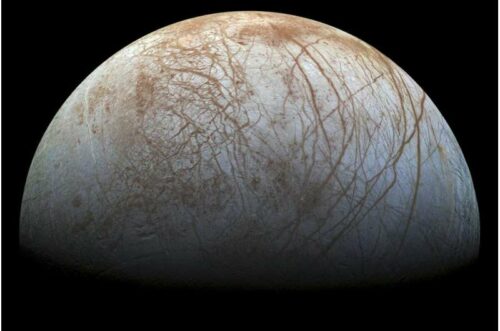Researchers develop a new silicon-germanium heterojunction bipolar transistor technology to explore Europa’s extreme environment.

Europa, One of Jupiter’s moons, is also one of the most promising places in the solar system to look for extraterrestrial life. But it falls in the radiation belt of the planet. Regardless of that the Europa could sustain life under the 10 kilometers thick layer of ice surface where a liquid water ocean lies. But with surface temperatures at -180 Celsius and with extreme levels of radiation, it’s also one of the most inhospitable places in the solar system. Exploring Europa could be possible in the coming years thanks to new applications for silicon-germanium transistor technology research at Georgia Tech.
Regents’ Professor John D. Cressler in the School of Electrical and Computer Engineering (ECE) and his students have been working with silicon-germanium heterojunction bipolar transistors (SiGe HBTs) for decades and have found them to have unique advantages in extreme environments like Europa.
The SiGe HBT introduces a nanoscale Si-Ge alloy inside a typical bipolar transistor to nano-engineer its properties, effectively producing a much faster transistor while maintaining the economy-of-scale and low cost of traditional silicon transistors. SiGe HBTs have the unique ability to maintain performance under extreme radiation exposure, and their properties naturally improve at colder temperatures.
To test whether the new device can work in Europa’s environment, used JPL’s Dynamitron, a machine that shoots high-flux electrons at very low temperatures to test SiGe in Europa-type environments. They exposed SiGe HBTs to one million Volt electrons to a radiation dose of five million rads of radiation (200-400 rads is lethal to humans), at 300, 200, and 115 Kelvins (-160 Celsius).
In the next two years, the GT and UT researchers will develop actual circuits from SiGe that could be used on Europa, such as radios and microcontrollers. Yet more importantly, these devices could then be seamlessly used in almost any space environment, including on the moon and Mars.







